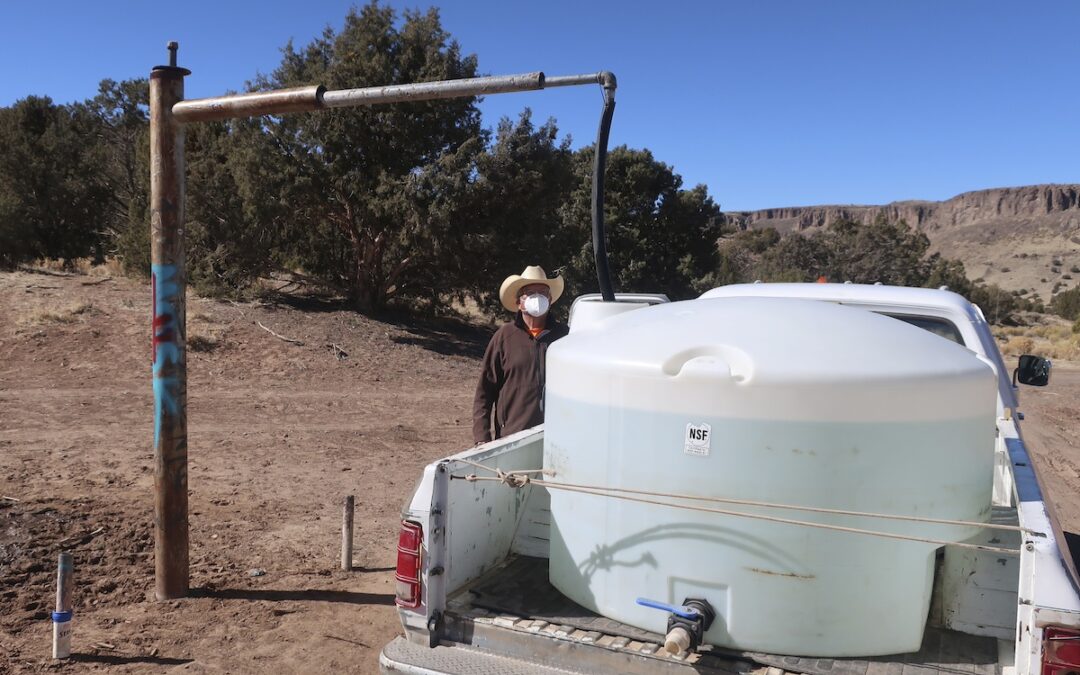
The American Lung Association. listed Phoenix as one of the ten worst cities in the country for unhealthy air. Photo courtesy Arizona Department of Transportation.
When it comes to HCM 2010, a piece of legislation that attempts to pass the blame for Arizona’s emission pollution levels, the name of the game is finger-pointing across national lines and international waters.
Arizona Rep. Michael Carbone, R-Buckeye, asserts in his bill that the Environmental Protection Agency’s climate protection guidelines have created “unachievable” ozone standards that are “penalizing Arizona.” Emissions impacting Arizona’s air quality are primarily coming from outside the state, he claimed, and Arizona should not be held accountable for factors beyond its control.
But blame is not being laid at the feet of California, Washington, Oregon, or other popular targets via Republicans at the state legislature — instead, Carbone has pointed his finger at outside nations, namely China and Mexico.
“Multiple studies have shown that the higher ozone levels of Maricopa County are caused by natural events and external activity outside this state,” he said. “It’s beyond the scope and control of our citizens and our state to manage.”
What’s really hurting our air
According to the American Lung Association, vehicles, power plants, and wildfires are three of the most prominent contributors to pollution in Arizona. In-state studies overwhelmingly highlight vehicle usage as a leading cause of pollution.
At the Arizona House Natural Resources, Energy, and Water committee meeting on Tuesday, several speakers expressed support for the legislation, some spouting false claims about what causes emissions in Arizona or driving home Carbone’s assertion regarding effects from international factors.
One speaker, Jodi Brackett, cited not cars but Stratospheric Aerosol Injection (SAI), a type of spray released by airplanes for the purpose of combatting global warming, as a leading cause of ozone levels increasing in the state. While SAI can contribute to ozone pollution, it isn’t widely recognized as a dominating factor.
The Arizona House’s Natural Resources committee passed HCM 2010 on a party-line vote, and won approval on the House floor by a narrow margin. The measure has now been sent to the Senate, where it will go through a similar debate and voting process.

FEMA disbands youth council, but students say their climate advocacy won’t stop
An Arizona teen earned a spot on FEMA’s Youth Preparedness Council to fight for climate action. Now, he’s watching the program get dismantled. After...

Arizona, 14 other states sue over Trump’s move to fast-track oil and gas projects
A coalition of 15 states is suing over President Donald Trump's efforts to fast-track energy-related projects, saying the administration is...

Report highlights how communities hardest hit by climate change can build resilient water systems
An estimated 30% of the population in the Navajo Nation lives in homes that don’t have running water, and many residents drive long distances to get...

Why climate activists oppose Arizona Sen. Frank Carroll’s proposal to confront poor air quality
A proposed state law that its sponsor says could improve Arizona’s air quality has met an unlikely foe: climate activists. Senate Bill 1128 would...





